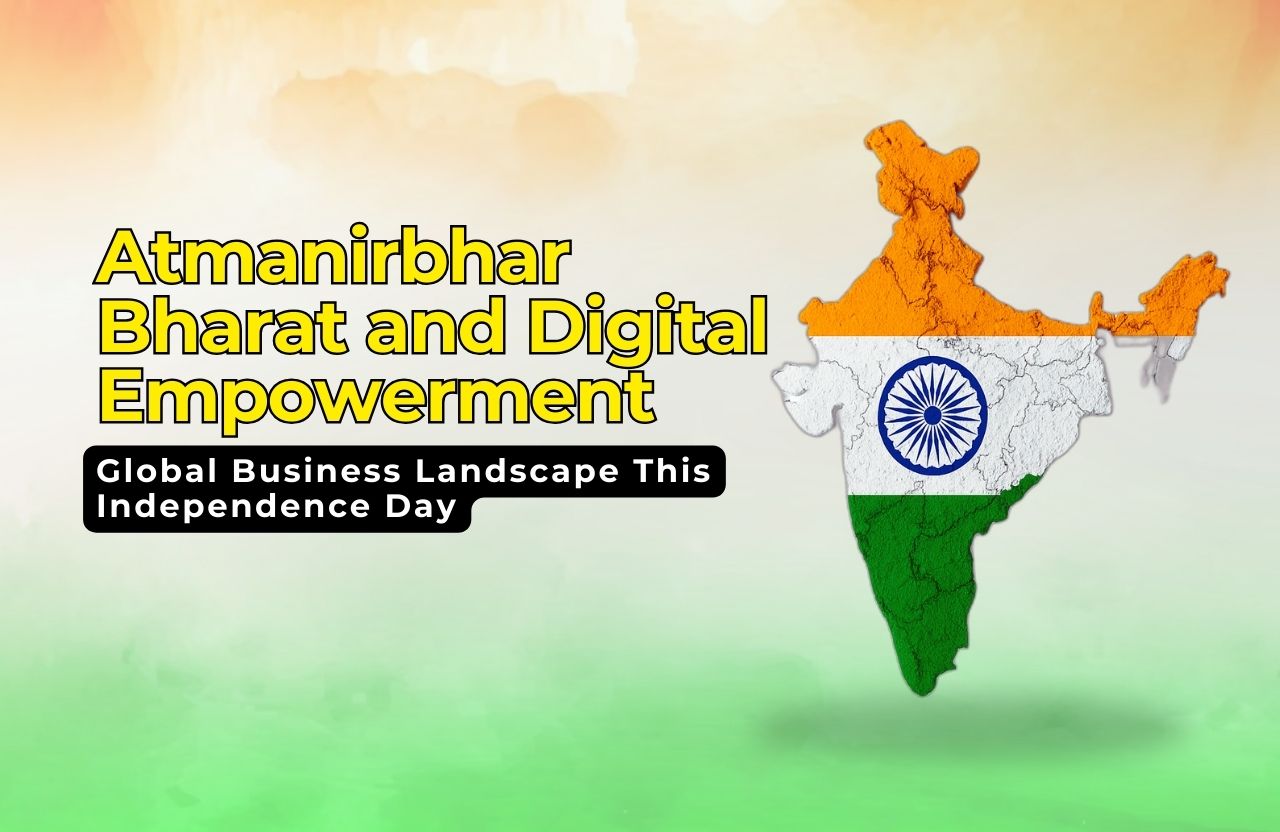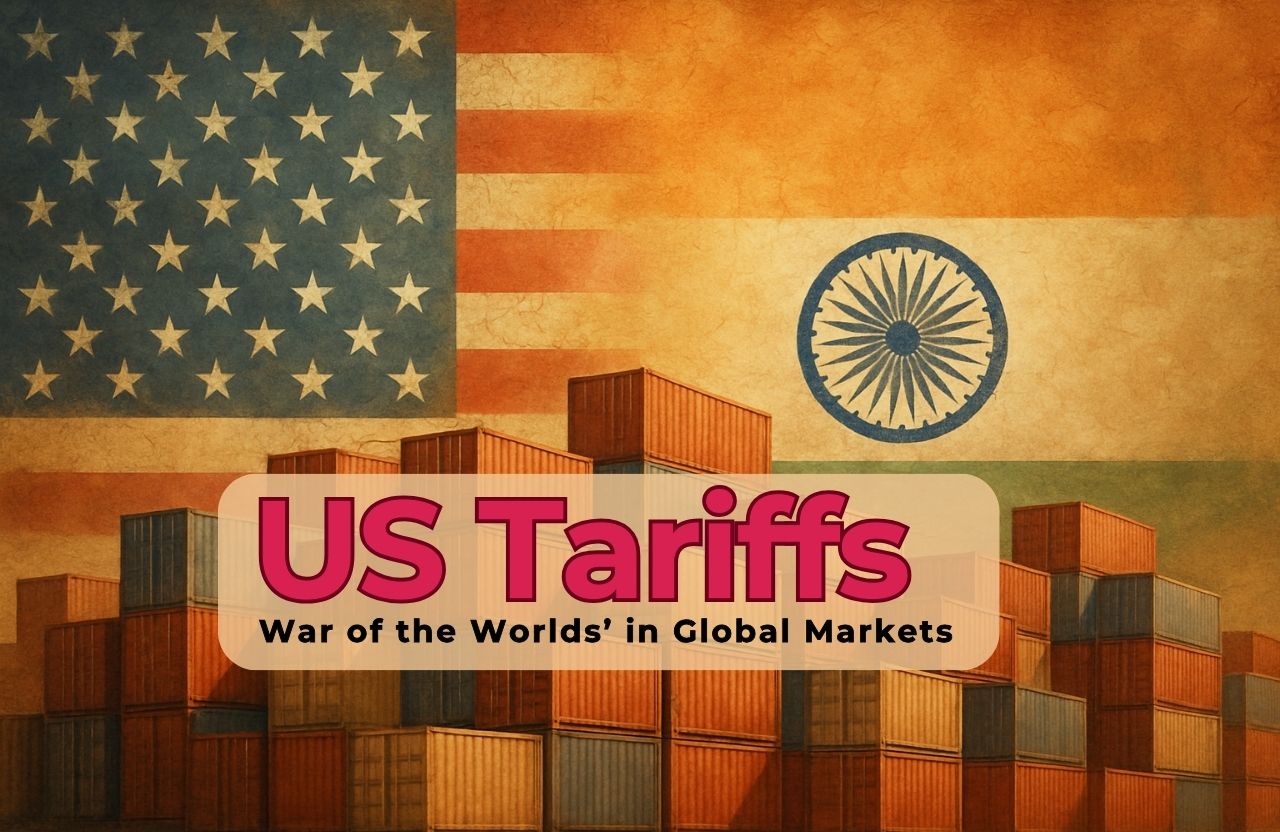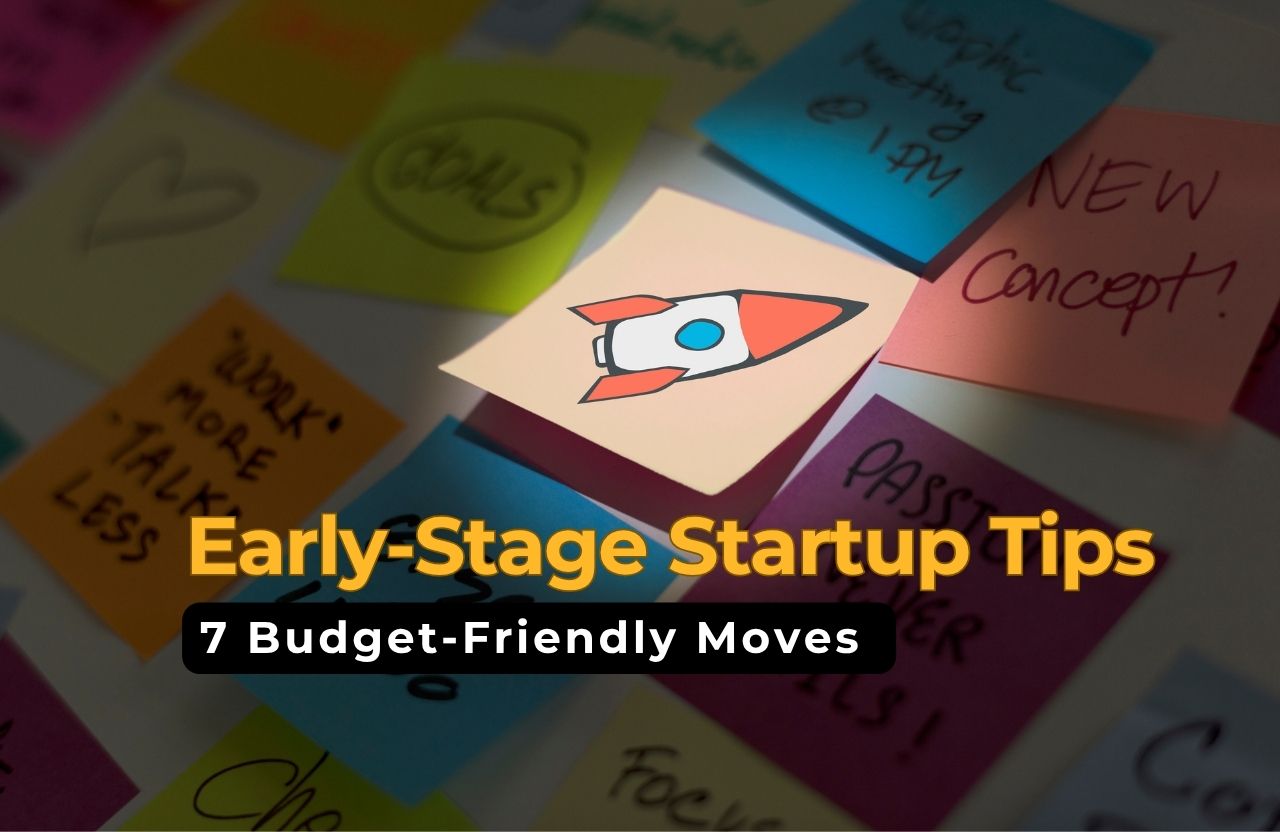In 2025, gaming has evolved far beyond Pac-Man and Donkey Kong. There are VR gaming setups, phone apps that let you play many different games, and enormous gaming universes that millions of people play when they get home from work every night. There’s also in-game monetization, which can be lucrative for you if you create one of these pastimes that catches fire with players.
How can you take advantage of the in-game monetization trend as a game developer? We’ll look at some ways to do it right now.
Have Several Different Forms of Payment Available
Looking into and implementing the best iGaming payment solutions is certainly one way you can get people to make in-game purchases. Think of it like this. You start by allowing someone free access to the most basic aspects of the game.
Then, you allow them to make in-game or in-app purchases. This is called micropaying. It’s what you want your customer to do if you create a freemium game. Freemiums games are free to start playing, but then you’re trying to incentivize paying money, usually to make the game more fun in some way.
Having many different forms of payment is a simple, fundamental way you can get more people to give you money when they start playing the game. If you tell them that they can make purchases with credit cards, different forms of crypto, etc., that takes away a possible excuse they might have for not wanting to give your app any money.
Introduce Exclusive Items
Exclusivity is also a clear and easy path toward monetizing a game. Skins are a great example of this. The term “skins,” in gaming, usually means getting a character, vehicle, or some other customizable feature to look a certain way.
If you start out by introducing characters or vehicles that are somewhat dull or boring, then a player might be willing to pay for an exclusive skin that will make their playable creation more exciting or desirable to look at. However, in order to get them to pay for this level of customization, you make them pay for the skin.
If you also keep coming out with new skins periodically, that further incentivizes the player to keep giving you more money. Though they will be fully aware of the transactional nature of the game, they will still be willing to play it and to keep paying for skins or other exclusive items if the game is fun enough and many of their friends are playing it as well.
Limit the Gaming Options for Those Who Don’t Micropay
You can also limit the gaming options for those who are not willing to micropay. For instance, you might do this by only having a few levels that a player can explore or conquer if they’re not willing to give you any money.
They will quickly get bored playing those same levels and want to unlock new ones. This is another form of controlling the player. By promising exciting new levels and experiences that are just a few dollars away, you start to normalize micropaying, even for customers who are reluctant to do it at first.
Offer Seasonal Events
Another method of enforcing exclusivity in your gaming universe is by creating seasonal events that are only available to individuals who are willing to micropay. Again, you normally start out by allowing free signup and access to the more basic levels your game offers.
Then, you announce a new suite of levels or features. Any excuse to do it is fine, but it makes sense and is customary in gaming if you do it in conjunction with the season or a holiday.
For instance, you might offer new game levels that come out in the fall. The players will be bored with the levels they have been playing all summer, and they should be enticed by the prospect of opening up a new part of the gaming universe you have introduced.
Also, if you mention that the new levels are only available for a limited time, that should further push reluctant players to pay for them.
Offer an Ad-Free Experience
You can also introduce a free version of your game that comes with ads. Maybe the player will have to watch a few ads after they have played the game for 10 minutes. You may also force them to watch ads before the free version of the game starts.
Ads can annoy people, so the players may be willing to micropay to prevent them having to see those ads.
Offer Cross-Platform Play
There are several game types that can be played on different devices and in various technological ecosystems. For example, you might have an expansive gaming universe you have created that can be played on a smartphone, but it can also be played on a laptop, desktop, or tablet.
To enforce additional micropays, you might insist that a player only have the ability to access the game on a single device, like their cell phone, until they give you some money to expand their playing ability onto other platforms. By telling a player they can only play on their laptop if they micropay, you’re opening up another potential revenue stream.
Create Expansions Only for Paying Customers
There are also all kinds of expansions you can create that are only available for paying customers. This is the same concept as seasonal promotions, but instead of adding new levels corresponding to a season or holiday, you can suggest that the visuals or technology are more impressive if someone is willing to micropay to access a new suite of levels with exciting new features.
You might create mythology around a character and say the players can only play as that character if they micropay. Maybe you will make that character an enemy until such time as you offer them as a playable entity, but only for paying customers.
Any of these are reliable ways to get free game users to become paying ones.













